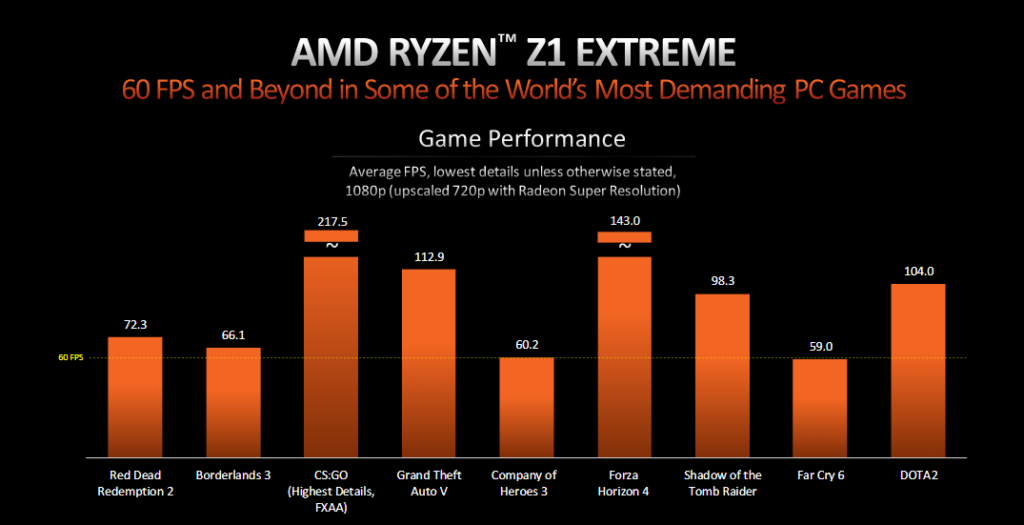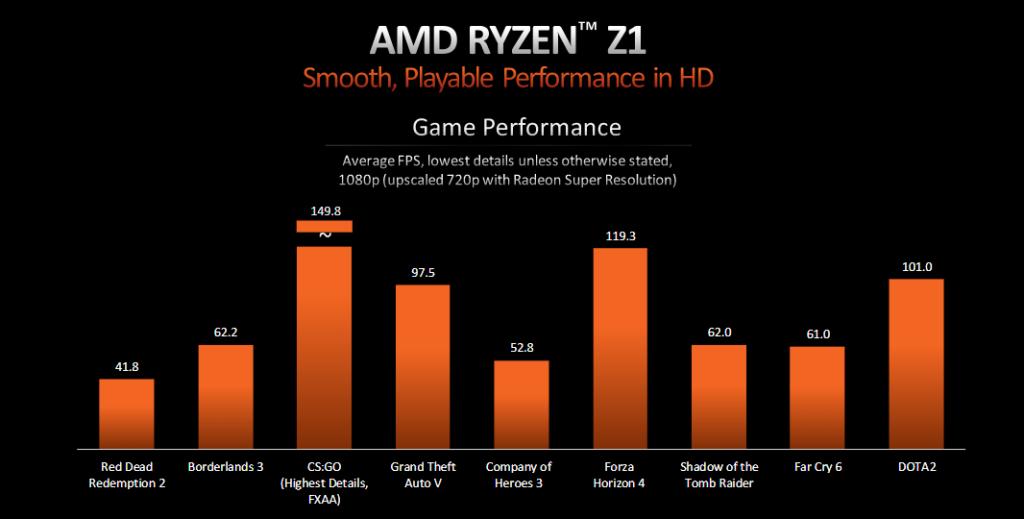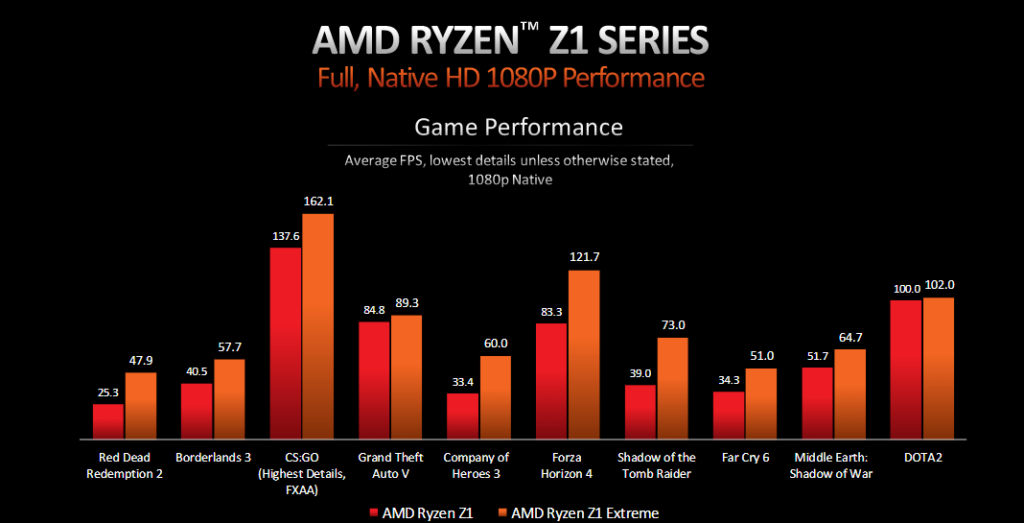OPINION: The intriguing Asus ROG Ally is on its way to challenge the current Steam Deck, but it’s what’s inside (and its implications for the wider industry) that should get you genuinely excited. Specifically, it’s now worth getting even more hyped for a Steam Deck 2.
It’s unclear if the ROG Ally is going to be priced competitively enough with the Steam Deck to make it a true rival (a leak suggests it actually might be). But, that’s a matter for Asus and our eventual review. For now, it’s time to look ahead and focus on Valve’s next step.
With the Steam Deck only launching just over a year ago, it’s hard to envision the sequel coming any time soon – especially given Valve’s track record on the speed of follow-ups to popular products. However, the pace at which AMD’s chips and its new focus on handheld machines have gotten me hugely excited about what could be possible with a Steam Deck 2.
Alongside the reveal of some further details on the ROG Ally, courtesy of Asus, there were some exciting numbers relating to the performance of the Ryzen Z1 series chips it’s sporting from AMD – that many may have missed.

There aren’t direct comparisons I can make with this exciting chart and our Steam Deck review, due to differences in the titles tested. However, across the board, the Steam Deck was hitting between 20-60fps on the highest settings available at the native 800p resolution, with a jump of around 10-15fps when the settings were turned down to low or medium.
By comparison, the higher-end of the new set of AMD chips, the Ryzen Z1 Extreme, looks to consistently hit 60fps and much loftier on its lowest settings – managing a stunning 143fps on Forza Horizon 4. Those results are for a higher 1080p resolution too, although Radeon Super Resolution is being used to upscale the resolution from 720p.

Even the lower performance chip, the Ryzen Z1, looks worth getting excited about, especially since it should be representative of a base model Asus ROG Ally. The performance dropped between 5-20fps depending on the game, with CS:GO coming in just shy of 150fps and Shadow of the Tomb Raider at just over 62fps.
Again, this looks extremely favourable compared to the current Steam Deck, meaning these chips, or newer iterations, on a Valve sequel console should bring even greater performance to an appealingly priced PC handheld.

The difference in performance could see new avenues opened up for the Steam Deck 2, such as value in upping the specs to a 1080p and higher refresh rate panel, up from 800p 60Hz on the current device. However, value is such a big part of the appeal of the Steam Deck that any boost would have to be a thoughtful one.
The Steam Deck chip is based on AMD’s older Zen 2 architecture and RDNA 2 graphics, compared with the new Zen 4 architecture and RDNA 3 graphics present with AMD’s Z1 series. As such, the enhancements make a lot of sense. AMD has really up its game over the course of the last year.
In our review of the Steam Deck, we had very few criticisms, earning a 4.5-star rating. But, while performance wasn’t a key negative, battery life was. Thankfully, battery life is something AMD is also touting as having improved with the new Z1 and Z1 Extreme chips.
Valve’s focus on value with its handheld console would surely mean the Steam Deck 2 would come with a reasonable price too, even with much-improved performance. Valve is theoretically able to undercut the prices of competitors such as Asus, with Steam Deck sales helping to boost games sales on Steam, of which Valve receives a cut.
If the Ryzen Z1 series (or any other future AMD offering) does manage to make its way onto a Steam Deck 2, then Valve may well strength its position as the best value handheld gaming PC device on the market.




